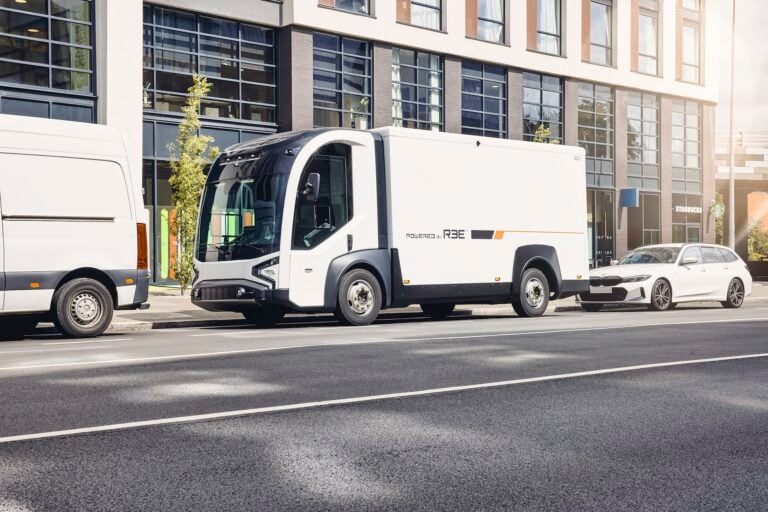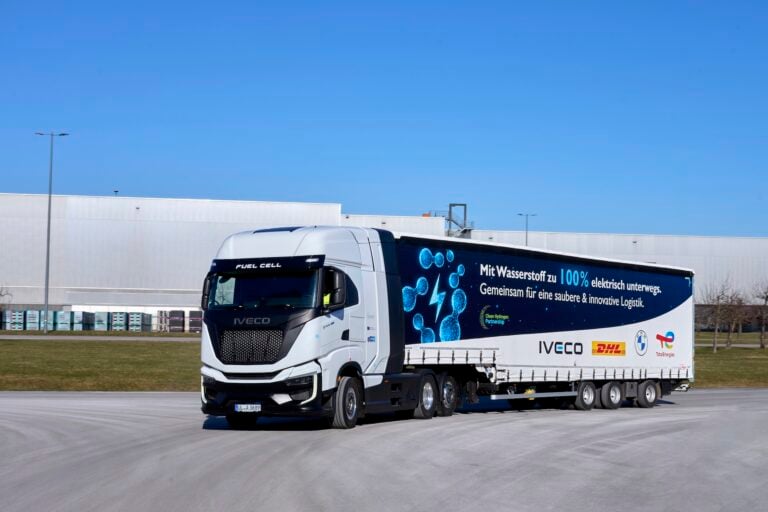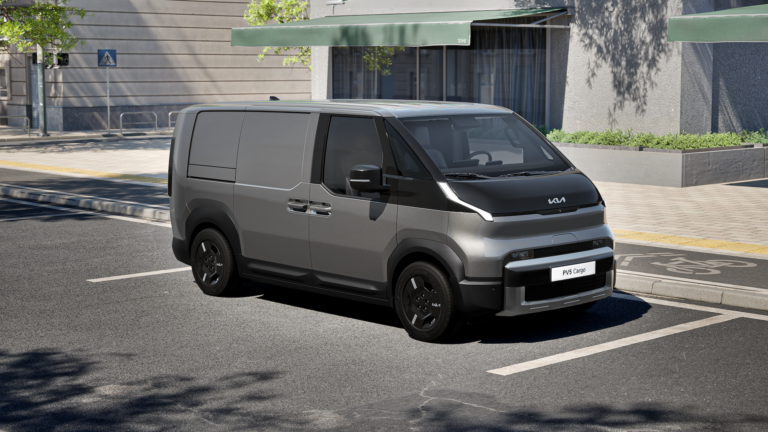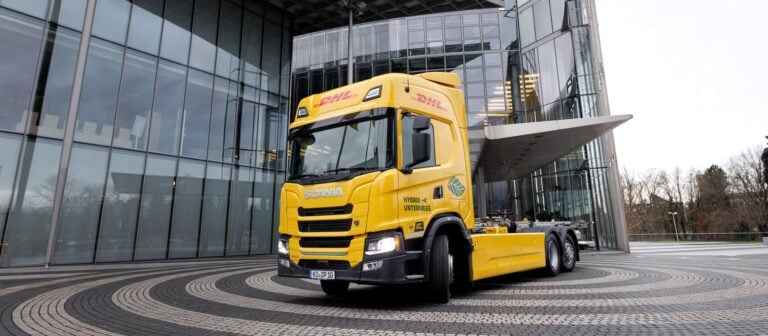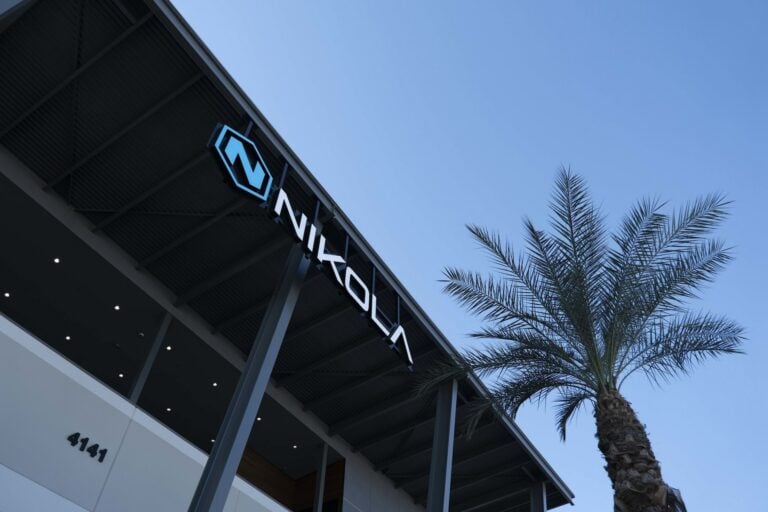ElectraMeccanica, a leading designer and assembler of electric vehicles, and Tevva, a prominent name in electric medium- and heavy-duty commercial vehicles, have announced their merger. The merger aims to solidify its position in the zero-emission commercial vehicle sector, prioritizing the UK, Europe, and the U.S.
Why It Matters
The global electric medium and heavy-duty commercial vehicle industry is steadily growing. Predictions show the sector will be worth around $67 billion by 2030. Tevva already possesses influential proprietary electric truck technology and has initiated deliveries to fleet clients. The merger aims to bolster Tevva’s growth across the UK and Europe while fast-tracking its debut in the U.S. market. This will be facilitated by leveraging ElectraMeccanica’s renowned U.S. expertise, advanced U.S. manufacturing capabilities, and capital resources. Financial targets for the unified entity for 2028 are anticipated to be between $1.3-$1.5 billion, with EBITDA margins in the mid-teens.
Key Points
- ElectraMeccanica and Tevva’s merger has received unanimous support from both companies’ Boards of Directors.
- Tevva’s 7.5t battery-electric truck, tailored for urban deliveries, has commenced shipments to commercial fleet clients. This segment is critical for delivery-focused urban areas.
- The merger will see Tevva’s existing 110,000-square-foot EV manufacturing facility in the UK paired with ElectraMeccanica’s 235,000-square-foot space in Mesa, Arizona.
- David Roberts of Tevva will assume the role of Executive Chairman post-merger, while ElectraMeccanica’s CEO, Susan Docherty, will maintain her position.
- Upon conclusion of the proposed transaction, ElectraMeccanica shareholders will hold 23.5% of the combined company, with Tevva shareholders owning the remaining 76.5%.
- The transaction is set to close in the fourth quarter of 2023, pending regulatory and shareholder approvals.
Bottom Line
The proposed fusion between ElectraMeccanica and Tevva is significant in the rapidly expanding electric commercial vehicle space. The merger seeks to harness both companies’ strengths and assets to tap into the vast potential of the electric commercial vehicle market. By integrating their resources and expertise, the combined entity aims to revolutionize urban delivery solutions while minimizing environmental impact. This collaboration is a testament to electric vehicles’ increasing importance and viability in commercial applications.




